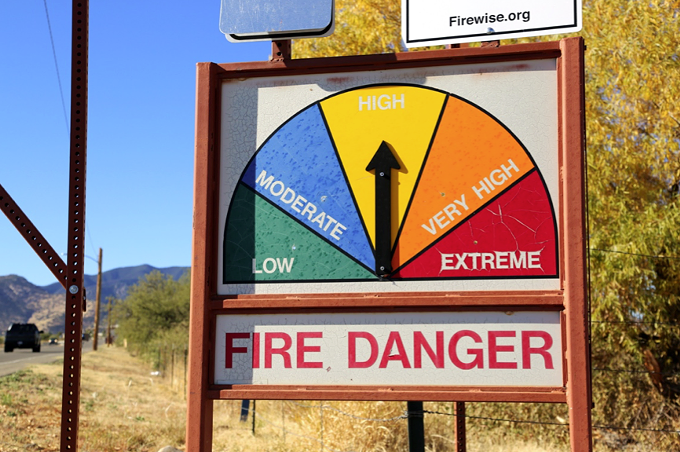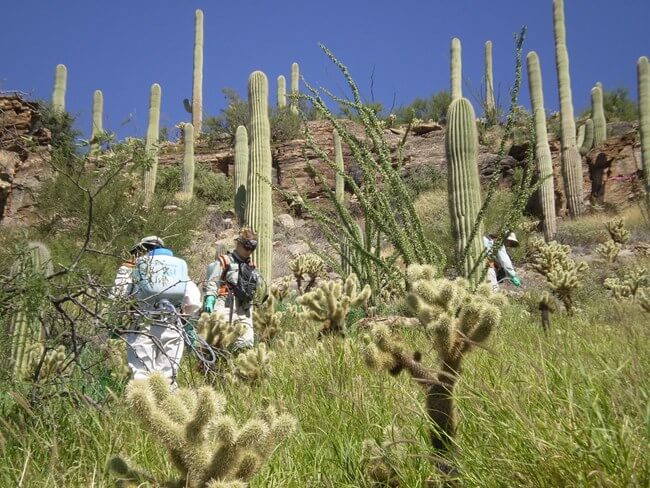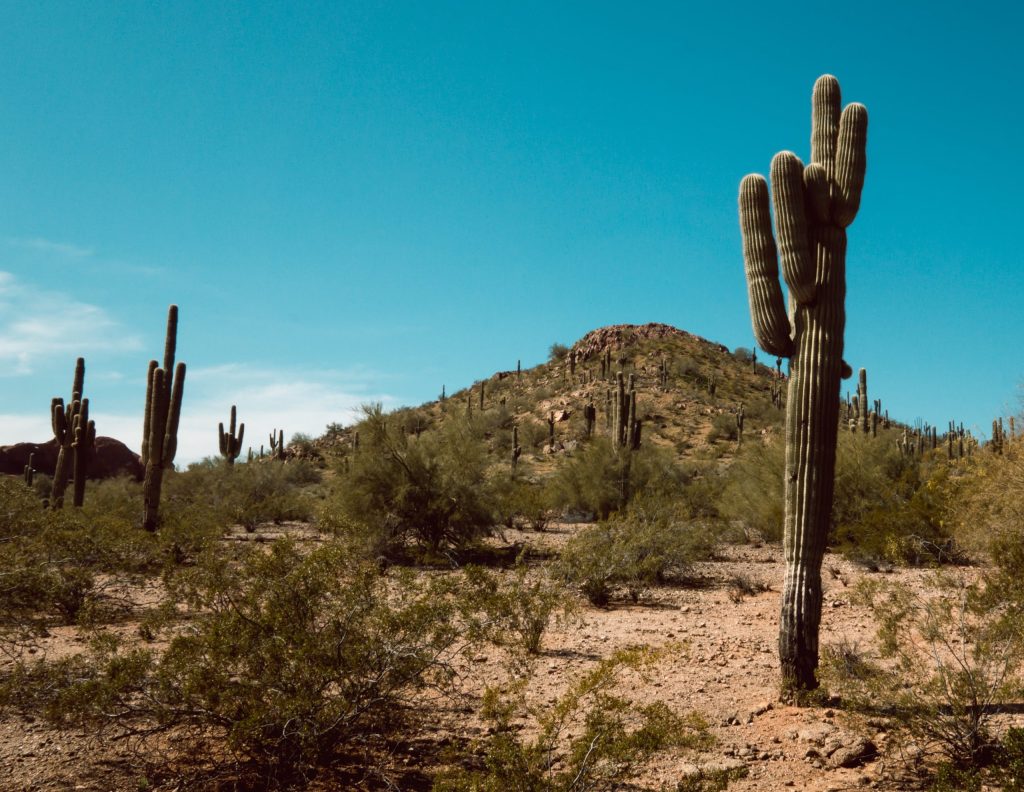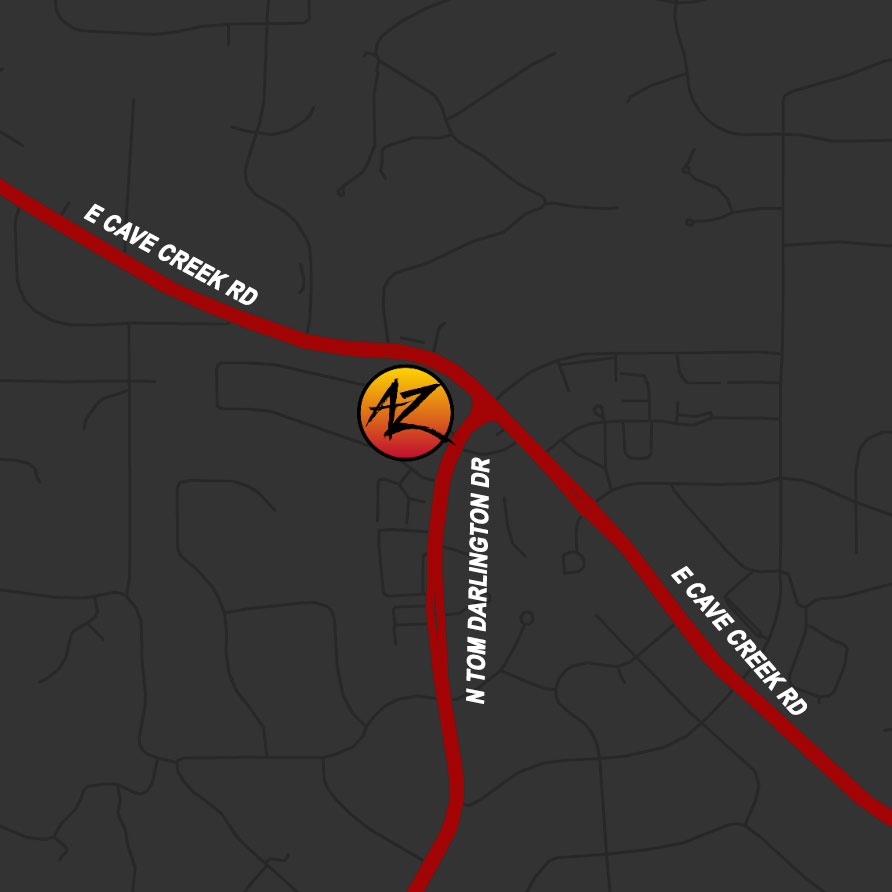
The Impact of Forest Fires on the Sonoran National Forest

The Sonoran National Forest is a vital ecological treasure, well known for a rich diverse flora and fauna, spectacular views, and unique ecosystems. However, like many other forests around the world, it is not immune to the disastrous effects of forest fires. In this blog post, we will share some facts about the impact of forest fires on the Sonoran National Forest and the subsequent consequences for its ecosystem.
Flora and Fauna:
The direct and indirect consequences of forest fires can be devastating for the diverse range of flora and fauna found in the Sonoran National Forest. Many plant species, especially those unable to regenerate quickly, struggle to recover from the destruction caused by fires. Similarly, animals that depend on specific vegetation for food or cover are left without essential resources, leading to population decline or migration.
Destruction of Habitat:
Forest fires pose a significant threat to the rich biodiversity of the Sonoran National Forest. The intense heat and flames destroy vegetation, leading to the loss of crucial habitat for numerous plant and animal species. Trees, shrubs, and ground covers that once provided food, shelter, and nesting sites are reduced to charred remains, disrupting the delicate balance of the ecosystem.
Water Quality and Soil Erosion:
Forest fires have a long-lasting impact on the forest’s soil quality. The intense heat of the flames can incinerate organic matter, leaving behind a barren landscape vulnerable to erosion. The loss of vegetation and root systems further exacerbates the problem, as there are no longer structures in place to stabilize the soil. As a result, heavy rainfall can lead to increased runoff, carrying sediment and debris into nearby water bodies, degrading water quality.
Natural Cycles:
Forest fires disrupt natural cycles within the Sonoran National Forest. Certain tree species, such as the ponderosa pine, rely on fire for seed germination and new growth. However, fires that occur too frequently or with greater intensity than natural cycles can disrupt these processes. Additionally, the release of carbon dioxide and other greenhouse gasses during forest fires contributes to climate change, altering temperature and precipitation patterns, which further impacts the forest ecosystem.
The Sonoran National Forest possesses remarkable resistance, and in the aftermath of a fire, the ecosystem begins the process of regeneration. Certain plant species have adapted to fire and exhibit vigorous growth following these events.
According to the Forest Service there are 5 different color-coded levels to help the public understand fire potential. They want visitors to understand the current conditions and help mitigate their actions to prevent human-caused wildfires.

To learn more about the Fire Danger Levels, please click HERE.
- Green: Represents low fire danger. When the fire danger is Low, which is represented by the color green.
- Blue: Represents moderate fire danger, which is represented by the color blue.
- Yellow: When the fire danger is High, which is represented by the color yellow.
- Orange: When the fire danger is Very High, which is represented by the color orange.
- Red: When the fire danger is Extreme, which is represented by the color red, fires of all types start quickly and burn intensely.
Final Thoughts and Recommendations from Time to Ride AZ
It is important to recognize that fires are a natural occurrence in a desert, and the forest possesses remarkable regenerative capabilities. The Forest Service is always attending to any particular event at the forest that can lead into a fire.
The Tonto National Forest features some of the most ruggedly beautiful lands in the country. The cacti of the Sonoran desert and flatlands lead into the Mogollon Rim highlands. There are excellent recreational opportunities throughout the year on lakeside beaches. Contact us to have an unforgettable adventure riding an ATV/UTV at Cave Creek/Carefree!





